Our next stop here in Andalusia on the Ruta de los Pueblos Blancos (Road of White Villages) is Olvera. Olvera is also a typical white village on a hill, i.e. a sea of white houses stretches around a mountain. However, you can see a castle and a beautiful church with two towers from a distance, right at the top of the hill. This fantastic silhouette is a well-known Andalusian postcard motif.
As we drive into the village, we quickly find a parking lot below the castle. It is also free of charge. A display board informs us about all of Olvera's sights with a map. We walk to the Plaza de la Iglesia, which is situated on a hilltop. Around the square are the Nuestra Senora de la Encarnación church, Casa de la Cilla, the Arab castle and the Sagrado Corazon de Jesus cemetery - Marc lets the drone fly, I take a look around and take a few photos.

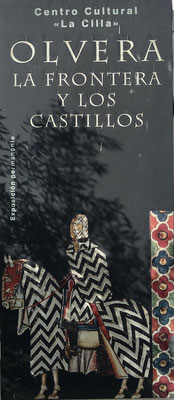
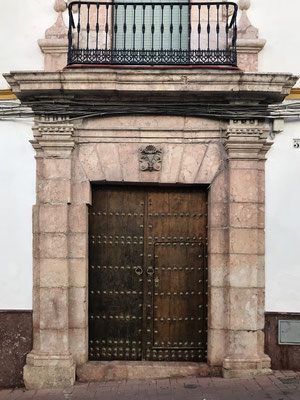
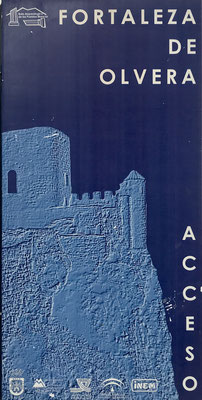
Olvera is like Ronda's little sister, smaller and more tranquil with 10,000 inhabitants, and that is precisely what makes it so appealing. And far fewer tourists. Perhaps it's also because I find contradictory information about Olvera. The historians are probably not quite in agreement here.
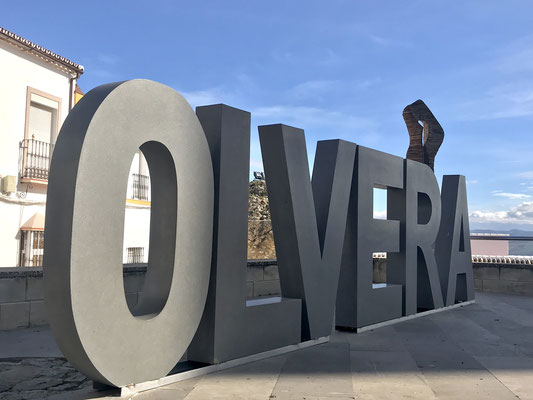
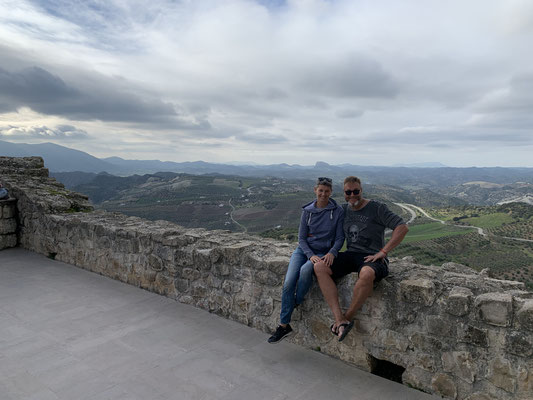
Like Setenil, Olvera is located in the former border area between Moors and Christians. It is therefore not surprising that the church stands on a Gothic Mudejar church, of which parts of the apse are still preserved. I always find it amazing how Moors and Christians have 'shared' buildings throughout history. Depending on who has just conquered what, half-finished buildings are taken over and built on. The best example of this is the Mezquita in Cordoba. The church in Olvera is open Tuesday to Sunday from 11 am to 1 pm and 4 pm to 6 pm and can be visited for 2 euros. And I can tell you, it's worth it. It is a three-aisled, classicist building from the 18th (or 19th?) century with 2 towers. But I don't want to tell you much here, I'll let the pictures speak for themselves. I couldn't take enough photos in the church. This church is a good example of money being put to good use, as the interior is currently being renovated. I am happy to pay admission if I have the feeling that my money is being put to good use and not seeping away into dark channels. The Vatican is not the richest state in the world for nothing. To have comes from to hold.
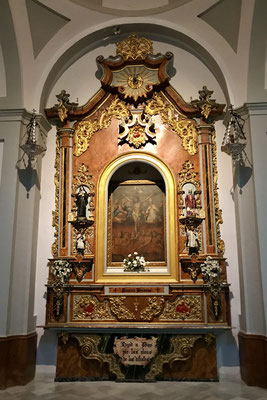
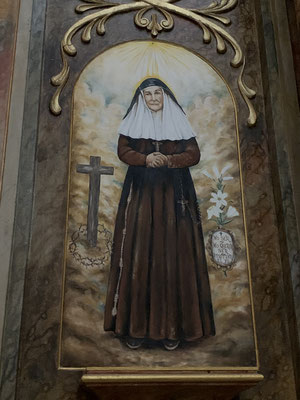
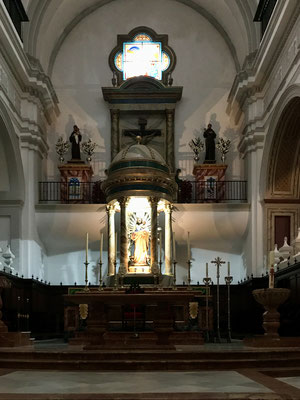
On the other side of the Plaza de la Iglesia is the Casa de la Cilla, which has been the cultural center with the museum La Frontera y los Castillos (Border Lines and Castles) since 1999. It shows the importance of the white villages in the Reconquista due to their location in the border area between Christians and Moors, and there is also a small souvenir store and a toilet in the inner courtyard.
The Arab castle from the 12th century towers 643 meters above the sea. From up there you have a fantastic view of the surrounding mountains and the Peñon de Zaframagón. We would also have liked to visit the Sagrado Corazon de Jesus cemetery, but it is only open from Tuesday to Sunday mornings from 10.30 am to 1 pm.
From above, we see a very tall figure of Jesus on a stele and drift down the main street in this direction. - We pass the Ermita de los Remedios pilgrimage church, which celebrates its anniversary in August 2020.
At the Plaza de Andalucia, we go to a park on a hill and find the Monumento al Sagrado Corazón, a statue of Jesus at a height of 581 meters. From here you have a fantastic view. There is a balcony behind the figure of Jesus, which you should only enter if you are not afraid of heights.
In conclusion, you shouldn't just drive past Olvera, as it is definitely worth a visit.
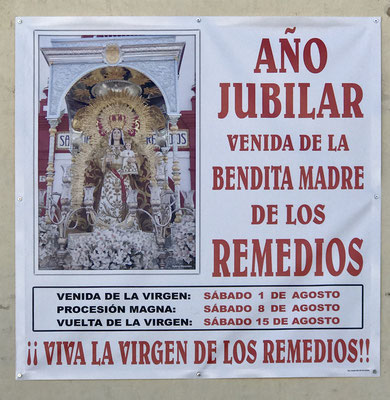
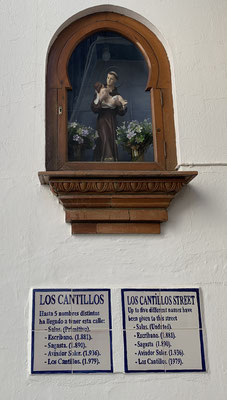
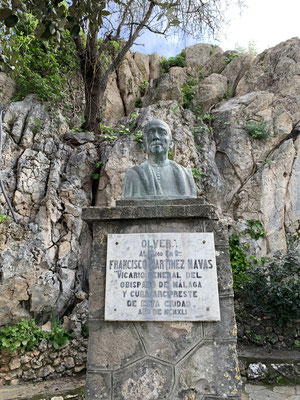


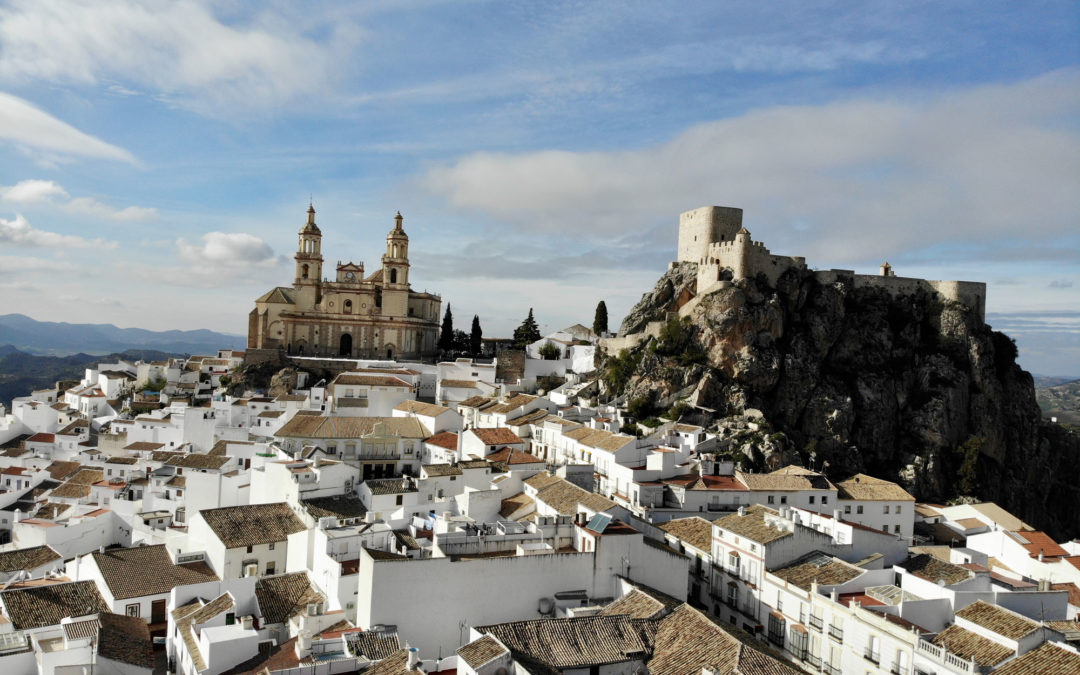
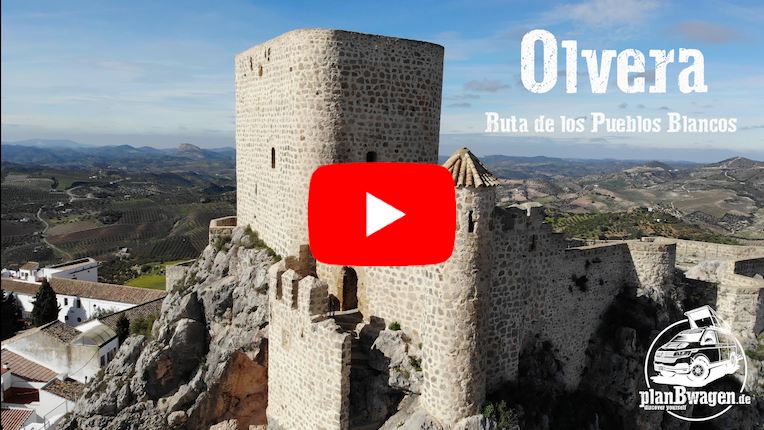
Recent Comments